Now that I've actually read Sheryl Sandberg's richly rewarding book Lean In, I can't help but observe my own daily behavior differently. My field, my work and my life are radically different from Sandberg's, yet I cringed with recognition at so many of her anecdotes and examples. I also realized for the first time how immeasurably my own career has been aided by other women leaders. When I applied to be Artistic Director of the American Conservatory Theater at age 32, my chances of landing the job were slim indeed. Only after reading Sandberg's book and discussing it with women who had been ACT Trustees and member of the search committee twenty years ago did I discover that it was the women doing the search who were willing to take a chance on me. This resonated with me with particular force in light of Sandberg's verifiable assertion that men are hired on their potential, while women are hired on their past accomplishments. What a frightening reminder of why things rarely change! I realized that the women trustees who hired me to take over A.C.T. twenty years ago were betting entirely on my potential, resisting the safer choice which would have been a respected middle aged man with a track record of accomplishment. Why they chose to take that gamble and then to support me through the very tempestuous early years of my A.C.T. tenure, remains a mystery to me, and I hope that today they believe that their bet on my potential paid off. But clearly most women applicants don't get that lucky. Our potential does not assert itself as loudly and clearly as our male counterparts. And since less is offered to us early on, the tendency to ignore our potential and look only at the resume means women keep getting progressively further and further behind.
The other heart-stopping behavioral pattern Sandberg cites in Lean In is that when applying for jobs, men put themselves forward if they believe they have about 60 percent of the skillset required. Women hesitate until their skillset is closer to 100 percent, which is why women repeatedly fail to apply for jobs they could actually do well. Why is it that we believe we can't learn what it takes to go to the next level?
In part, we repeat what we see. We model the behavior we see. It takes huge imagination to see oneself in a new position, to visualize doing something one hasn't done yet. I am a theater director. So as I read Lean In, I kept thinking about the crucial role that theater could play in triggering this kind of imagination. Watching a play involves immersing oneself in the lives of strangers, and if the writing and production are strong, there is a sort of magical rabbit hole into which one falls, until there are no boundaries between oneself and the stage, and it is possible to feel and understand exactly what a character is feeling and doing. That's why it's so crucial to find the richest possible stories from the widest possible lens to present on stage. When it comes to women, it is ironic that some of the most muscular and vivid examples of female leadership come not from contemporary drama but from the ancient world, from Sophocles' Antigone to Schiller's Mary Stuart. I vividly remember a rehearsal of Euripides' Hecuba with Olympia Dukakis in which the work ground to a halt because Olympia couldn't figure out why, after Hecuba had succeeded in avenging the death of her son, she had to recount the details of her actions to the Greek king Agamemnon. Our dramaturg Helene Foley immediately replied, "This is your moment to write history. If you don't tell it in your own voice through your own perspective, your story will be written for you." Olympia's eyes widened, and she attacked that final scene every night with a ferocity that was amazing to behold. She wanted to write her own history.
Over and over again, women seem to permit other people to write our stories, to take center stage, or commandeer history. When we don't, we are considered loud, aggressive, egotistical, and difficult. But narrative is everything. To the victor goes the spoils, and to the lead storyteller goes the gift of shaping the point of view. For the two hours that we sit in the dark in a theater and watch a complicated three-dimensional woman wrestle with her own destiny, whether she is Mary Tyrone or Medea, we enter inside that women's consciousness and become part of her fight. If she is at the center of the story, and not sitting quietly on the periphery behaving herself, our hearts race a little faster. We understand what is risked and what is gained. Lean In is a potent reminder that we need to become more adept at shaping our own narratives. There is nothing objective about a life story -- it is always tailored to fit a particular need or event. Why can't we learn to tailor our stories as elegantly as our male colleagues, to fill in gaps in our resumes or perceived skill disadvantages by asserting the richness of our life experiences and our own boundless appetite to remake the future? If we tell our stories well enough, history will believe us. After all, men have been doing it for thousands of years.